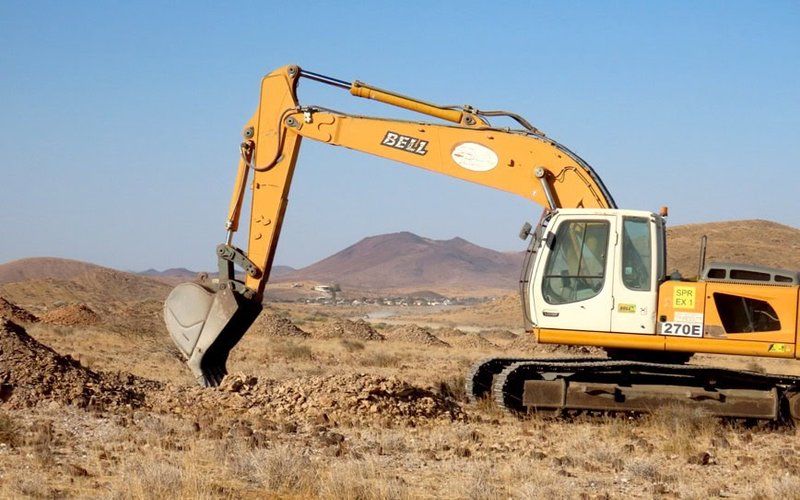Askari Metals (ASX: AS2) is set to accelerate activities across its gold and uranium portfolio in Western Australia and Tanzania after a busy December quarter.
Releasing its operational report for the period, the company said it is well advanced in producing an updated mineral resource estimate (MRE) for the Burracoppin gold project in WA’s Wheatbelt region.
The company expects to deliver the new MRE in Q1 2025 and will incorporate updates to the drill hole database and the current favourable gold price environment.
Significant gold asset
The Burracoppin MRE currently sits at 1.32 million tonnes at 1.52 grams per tonne gold using a 0.85 g/t cut-off grade, containing 64,600 ounces of gold.
Askari has already identified the potential to increase mineral resources at the project and plans to test additional areas where mineralisation remains open at depth and along strike.
Burracoppin is located 15 kilometres west of Ramelius Resources’ (ASX: RMS) Edna May Gold Mine, which hosts a mineral resource of 31Mt at 1.0 g/t for 990,000oz gold.
Mt Maguire review
The company also completed a strategic technical review during the period for its 100%-owned Mt Maguire gold project in the highly prospective Pilbara Craton region.
The review assessed all available historical exploration data on the project, which has an extensive record of gold mineralisation discovery.
Previous drilling intersections included high-grade hits of 2m at 12.14 g/t gold, as well as broader mineralised zones including 20m at 0.85g/t from 16m, with 1m at 6.74g/t from 25m.
Eyasi uranium project
Elsewhere, the company’s reassessment of data at its Eyasi uranium project in northern Tanzania has returned positive early signs.
The company said direct staking of the Eyasi project had strengthened its position and complements the company’s recently acquired Matemanga project.
Askari has identified two discrete, linear radiometric anomalies approximately 1km in width and totalling 30km of strike with the re-processing of airborne geophysical data.
